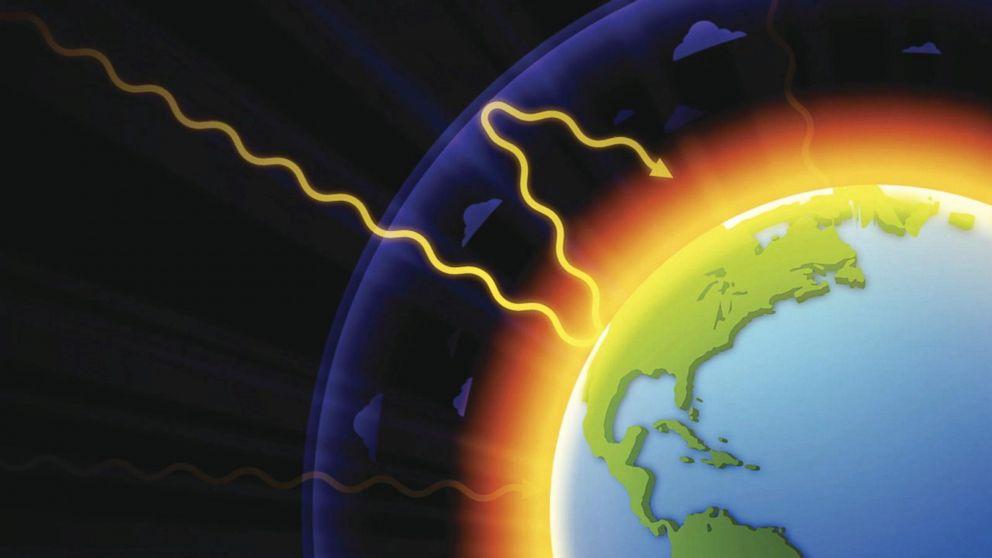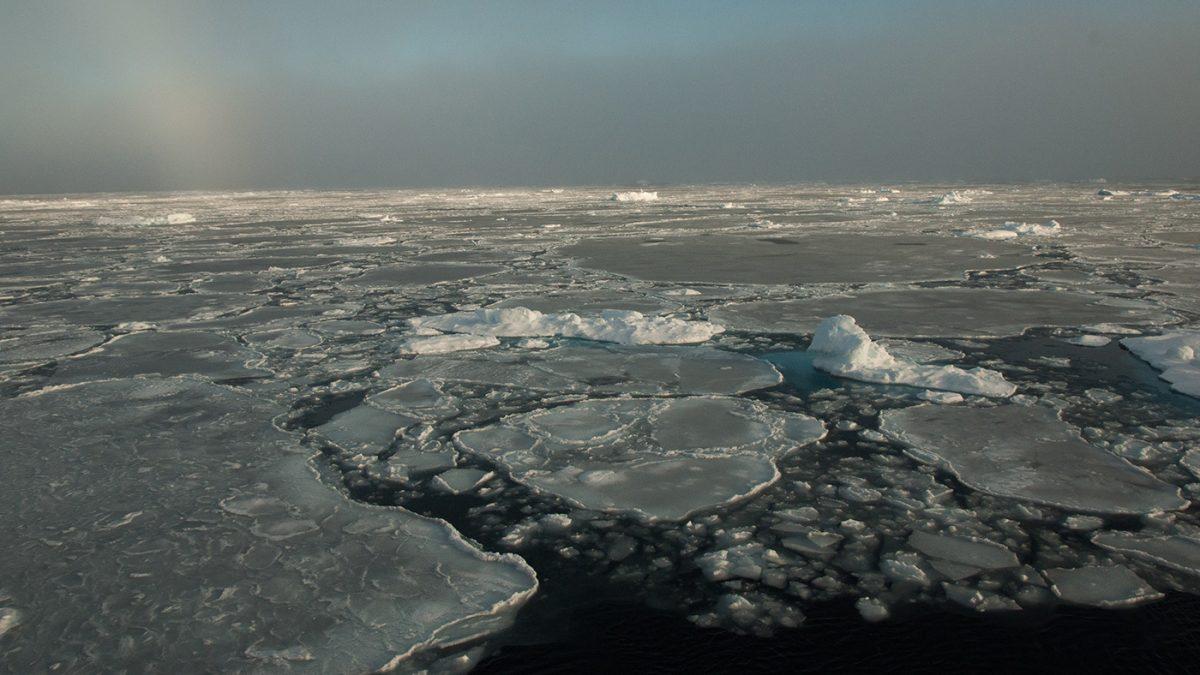Thousands of research studies have documented evidence that Earth’s climate is changing, with many reports specifying human activity as the primary cause. While we may be familiar with global warming’s impact on the planet’s climate, how will climate change affect our daily lives in the few decades? How about in the next 100 years?
On Nov. 23, the federal government released the Fourth National Climate Assessment, a detailed report by the U.S. Global Change Research Program that discussed specific impacts of climate change across different regions of the U.S. The report highlighted that global warming would not only impact Earth’s long-term weather patterns, but also the nation’s economy, the population’s health and even cultural identity.
First, let’s backtrack and review what causes global warming. Since the industrial revolution, human activity has caused an increase in the concentration of atmospheric carbon dioxide, mainly due to the burning of fossil fuels like coal or oil, which are often used to produce electricity and heat. Carbon dioxide and other specific gases in the atmosphere can block heat from escaping Earth, which is similar to what happens in a greenhouse. The result is an overall warming of the planet. This phenomenon, known as the greenhouse effect, is actually what makes Earth a habitable planet for life — without it, the surface would be approximately 60 degrees cooler! However, continued warming could also threaten the persistence of life by leading to changes in Earth’s long-term weather patterns.
As a result of global warming, many studies have highlighted that oceans are warming, wildfires are more frequent and snow cover is decreasing. Climate change also means that while some areas of Earth experience an increase in temperature, others get cooler due to changes in the movement of heat.
The detailed report compiled by hundreds of U.S. scientists presented a glimpse of climate change’s impacts on daily life if greenhouse gas emissions are not reduced. The report, which spanned more than 1,600 pages, discussed climate change’s effects on the economy, the persistence of life and tourism, to name a few.
One of the primary aspects of human life threatened by climate change is economic growth. Rising temperatures and changes in regional climates are not only expected to result in property and infrastructure damage but also a reduction in employment. As a result of climate change, many industries that rely on favorable climates, including agriculture, forestry and fishery, are at risk, potentially leading to a decline in labor productivity and an increase in food prices. Because of increased demands for energy and decreased efficiency for power generation, global warming could also result in higher electricity bills.
Climate change is also predicted to greatly impact human health. The climate report specifically detailed how global warming would increase mortality within different regions of the U.S. For example, the northeast and southwest regions are expected to experience the most heat-related deaths, while the midwest is expected to have increased mortality from poor air quality. Health risks also arise from greater occurrences of wildfires, increased severity of allergies and asthma, and higher vulnerability to waterborne and foodborne diseases. Low-income communities and vulnerable populations, including children and the elderly, are also predicted to be disproportionately impacted by health concerns caused by climate change.
One of the consequences of climate change that is not frequently discussed is a loss of cultural identity in particular areas of the U.S. Many states like Florida and California rely on tourism and outdoor recreation industries to sustain communities, and with a predicted decline in tourism revenue, some of these areas may experience a loss of cultural identity. A reduction in snow cover could also impact winter outdoor recreation like skiing in areas of the northeast, northwest and Northern Great Plains, further impacting communities that rely on tourism and recreation industries.
The results of the report released by the U.S. Global Change Research Program highlight that the impact of climate change transcends simply influencing long-term weather patterns. Economic growth, human health and cultural identity are just a few examples of aspects of daily life that climate change can impact if actions are not taken to curb greenhouse gas emissions.







